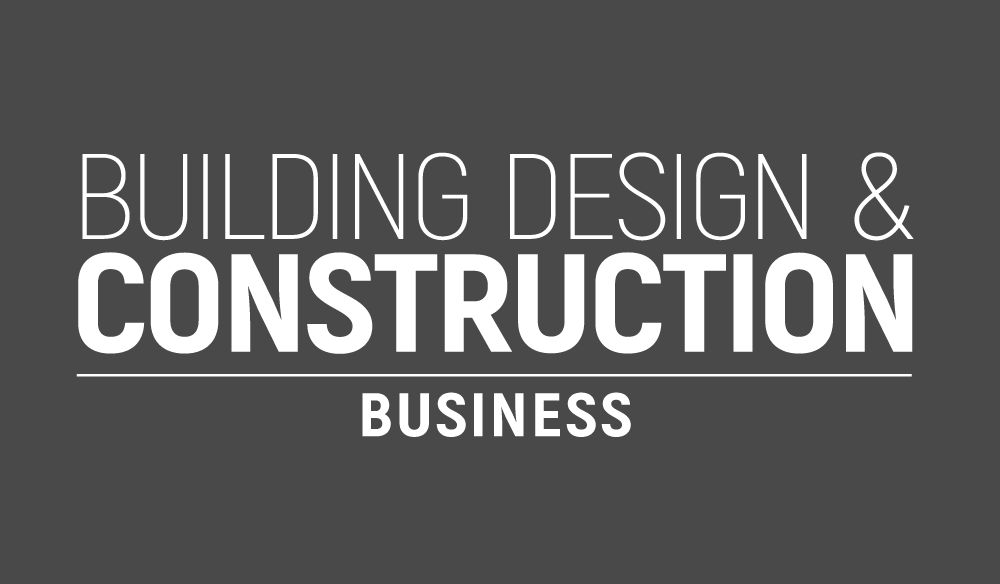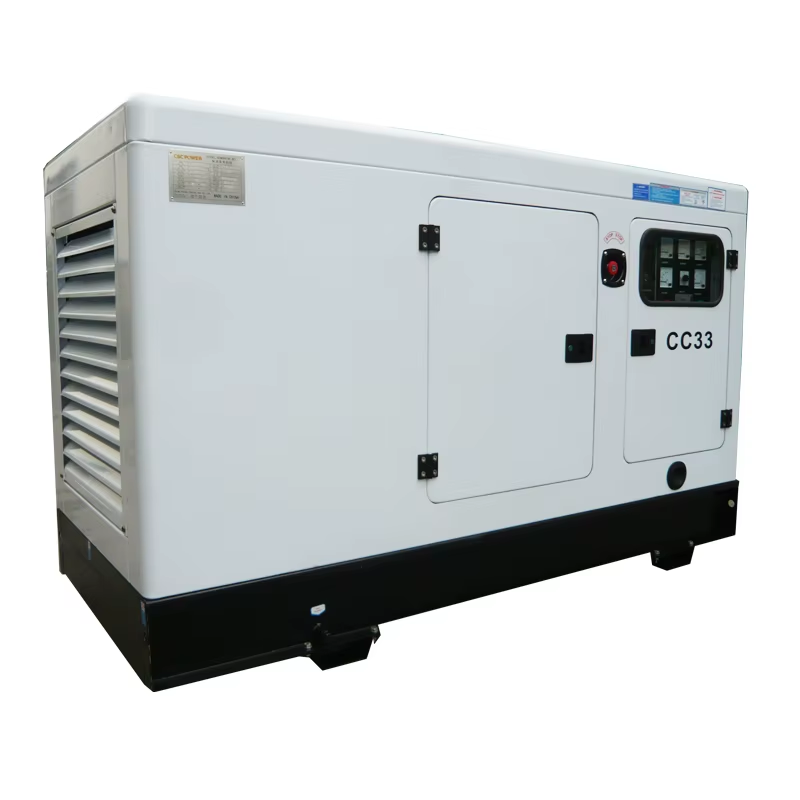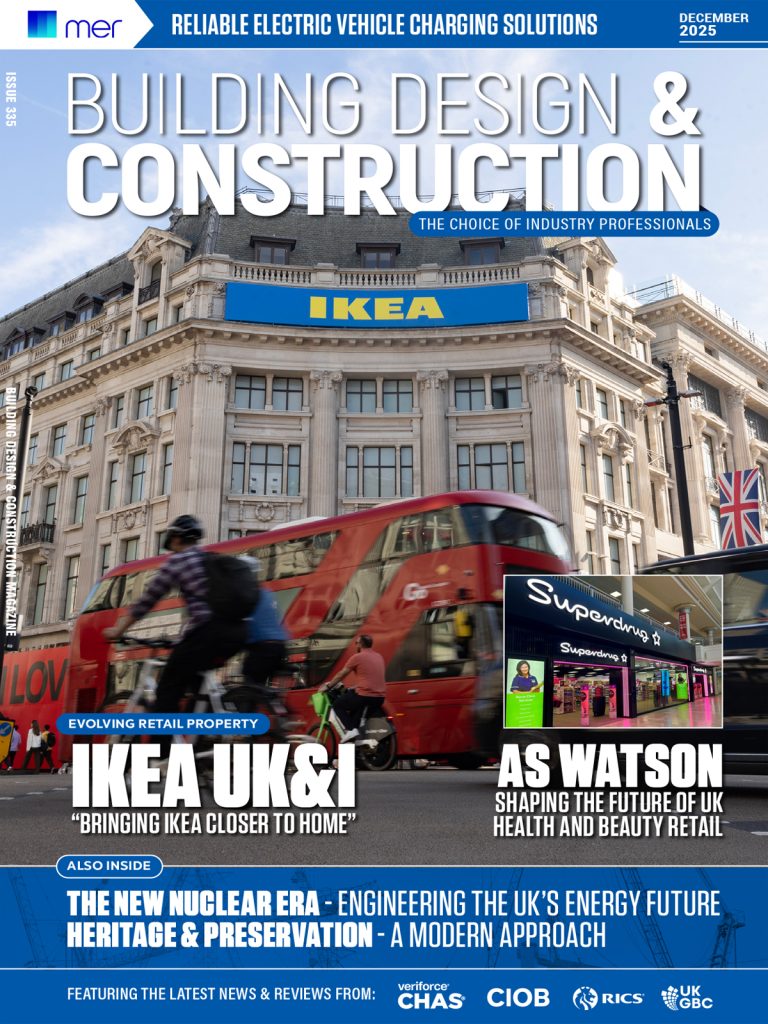One of the biggest challenges when choosing a generator is to size it appropriately for your business needs. Nowadays, businesses prefer to go for diesel generators because they’ve proven themselves to be reliable, durable, and more fuel-efficient than other alternatives. However, they are a considerable investment, so you need to make sure you choose the right size generator when you purchase. Below is a guide to help you size a generator.
1. What do you need it for?
Before discussing how to find the right size generator, we first want to look at why you need to get a generator and its purpose. Usually, businesses get generators for one of two reasons: they get them as standby generators to provide backup power to the business during an unplanned power outage.
For businesses that rely on electricity to operate, one or two hours without it can be detrimental to the business. In this case, investing in a generator is wise because it ensures that business can continue uninterrupted.
Secondly, businesses get an industrial generator as their primary source of power. This is usually the case when a business operates in an area without access to the power grid or if the power supplied to the area is unreliable. These generators are built to handle a consistent load for long periods. So, before we move on, consider the power needs of your business. Do you need a generator as a backup or as your primary source of power?
2. How much power do you need?
Now that you know what purpose your generator will function in, you need to figure out what your power requirements are. Usually, this involves calculating the amount of power you use to run the business, like the power requirements for your equipment, HVAC systems, computers, machinery, or anything else your business needs to operate. You may also need to consider the types of loads your generator will be handling, for example:
- Resistive loads don’t change their power factor
- Reactive loads have components like motors, transformers, and capacitors that cause voltage fluctuations, making sizing a generator more complicated
3. Understand the motor-starting methods
The starting method you choose for your generator can also impact what generator you choose in the end. There are three common starting methods for generators:
- The star-delta starting method reduces the starting current by connecting the motor windings in a star configuration as the startup occurs and then switching to the delta configuration when the generator is running. It usually requires a smaller generator but may not be suitable for all motor types
- Across the line starting applies full voltage to the motor, resulting in a higher starting current. You would need a larger generator that’s capable of handling the large and sudden current load
- Finally, the soft starter and variable frequency drives use a device to control the motor voltage and frequency, allowing it to gradually increase in speed and reduce the incoming rush of electricity
4. Consider the environmental factors
Suppose you’re a business owner in Australia, and you’re looking to install a large generator. In that case, there are regulations about what generator you can install, the emissions it can release, and where it should be installed. Likewise, other factors influence the size of the generator you might need. For instance, high altitudes, extreme weather conditions, and high humidity can all impact the generator’s performance and may require you to buy a larger generator.
5. Choose the right fuel system
Lastly, modern generators run off various fuel systems, such as petrol, diesel, and natural gas. However, most businesses tend to favour diesel generators because of their durability, longevity, and fuel efficiency, making them a better investment option. Diesel generally burns slower than petrol and is less flammable, making it more economical to run and safer for your business.
Buying an industrial generator
Now that you know more or less how to size a generator, you need to find the right one. When it comes to industrial generators, we recommend getting in touch with Renteca. As professionals in the industry with years of experience, Renteca specialises in industrial generators so they’ll be able to set you up with the right one.
Final thoughts
Let’s recap. The first step in sizing a generator is working out what you need it for and how much power it needs to provide. From there, you can look at things like fuel type and other features that make the generator more convenient. Once you’ve figured these out, you can start the process of finding the right generator for the job.





